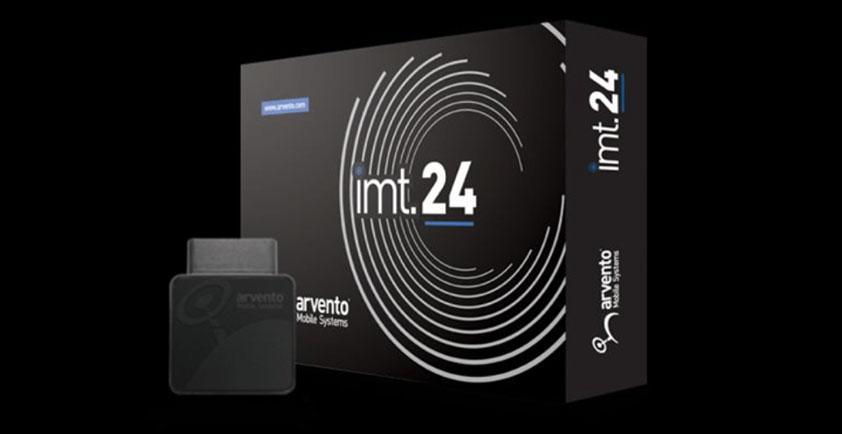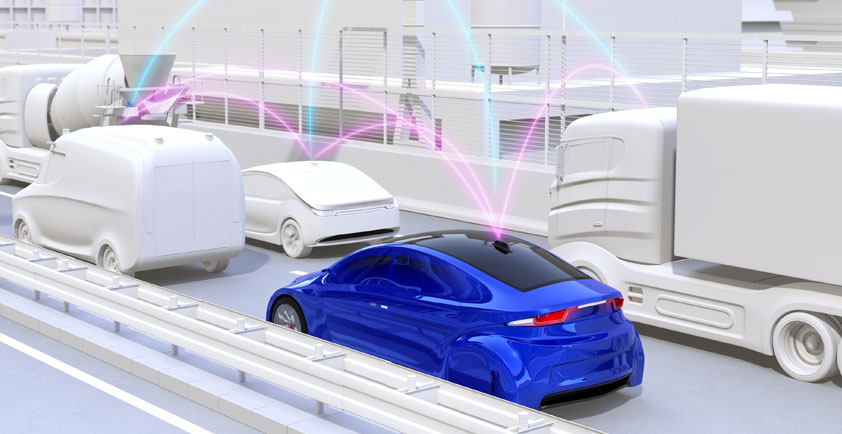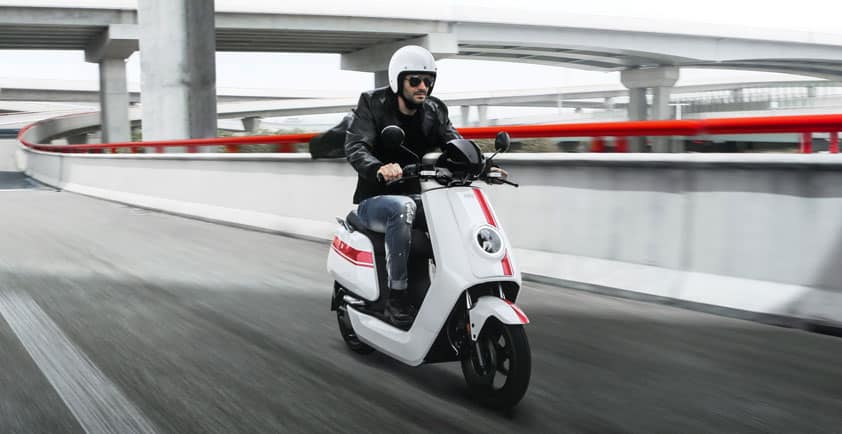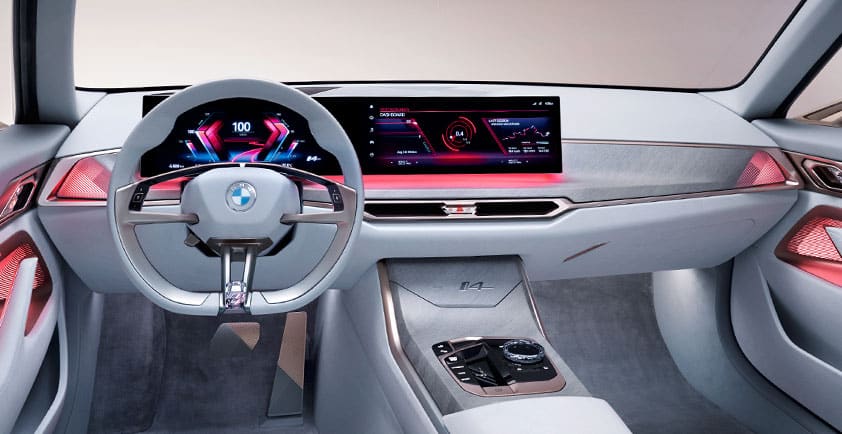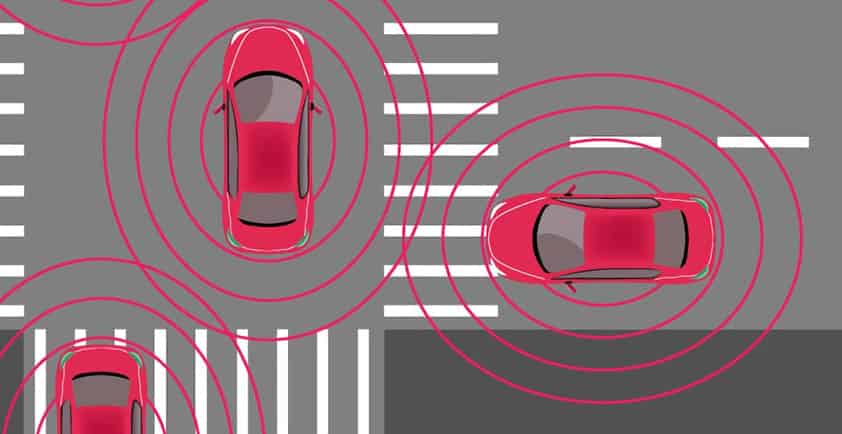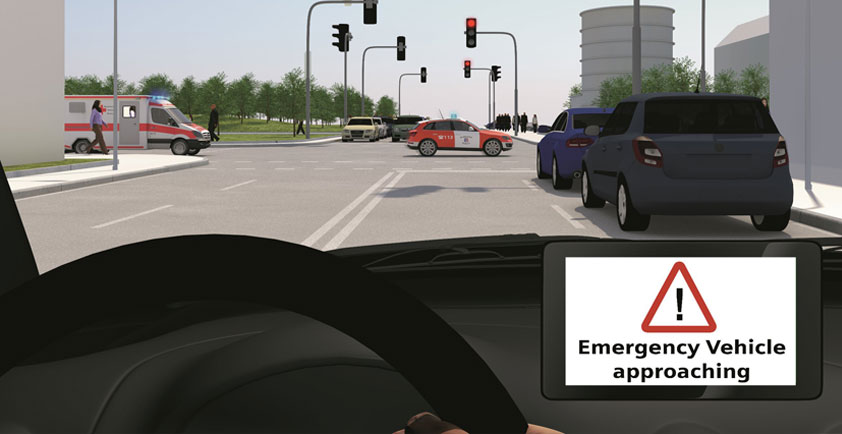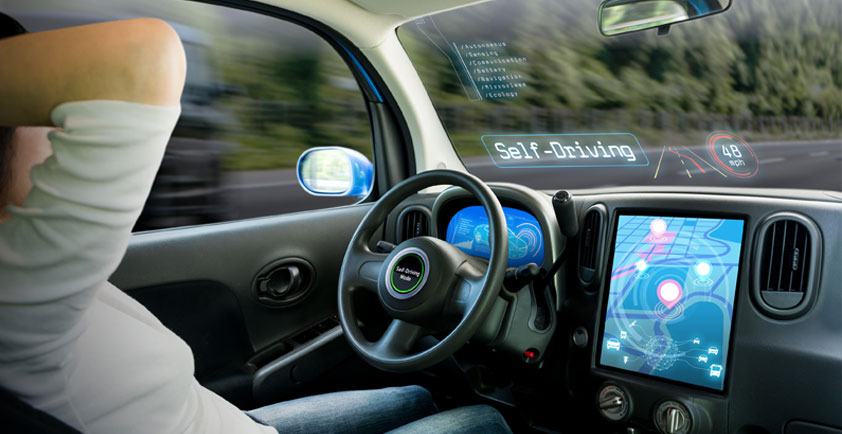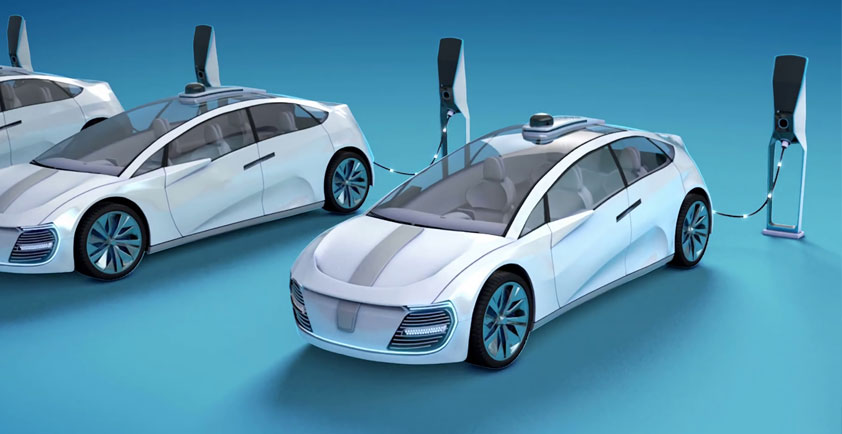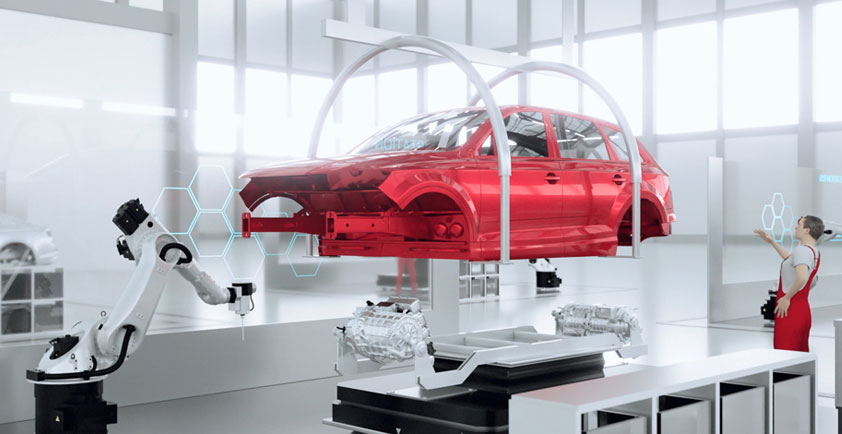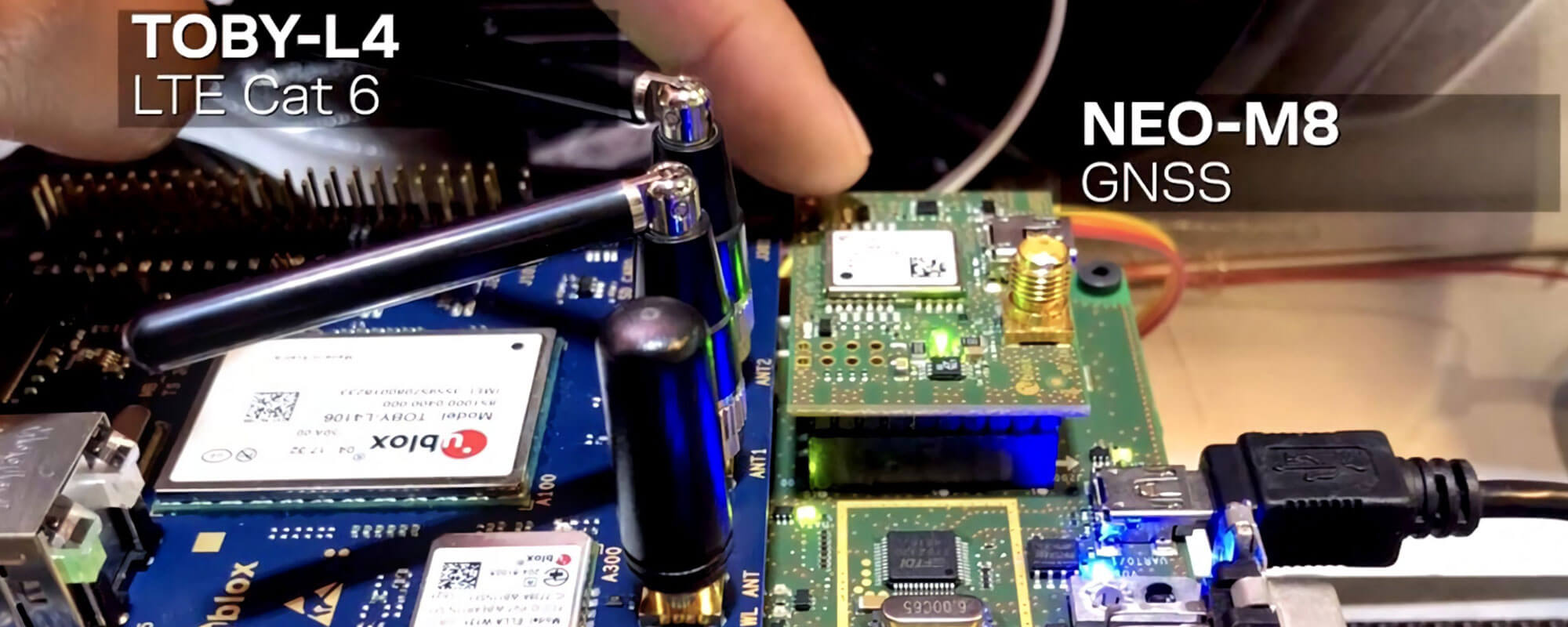
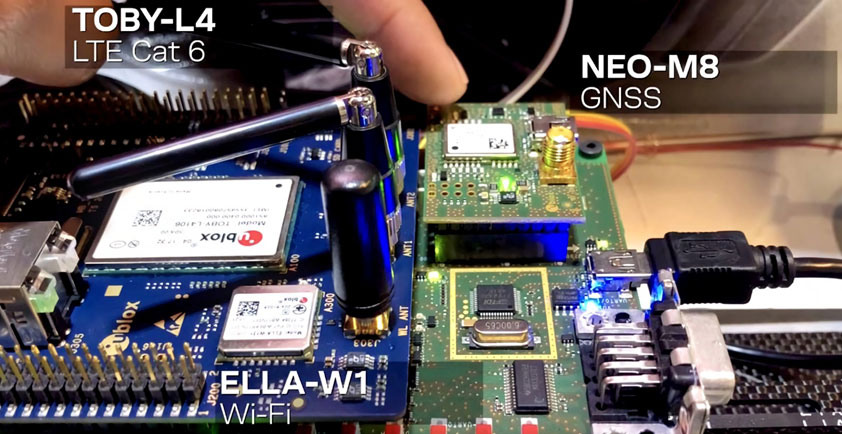
THE U-BLOX CONNECTED CAR NODE: THE FAST TRACK TO CONNECTED VEHICLE SOLUTIONS
Flexibility, scalability, and a high degree of security make the u‑blox connected car node a future‑proof connectivity solution for telematics applications, infotainment systems, and more!
As data is playing an increasingly important role in our vehicles, wireless connectivity is becoming as vital to cars as tire pressure. Real‑time navigation solutions require Internet connectivity to find the best route to a destination, using live traffic information data. In the event of an accident, emergency call (eCall) services need it to send vital information of the vehicle’s location, its direction of travel, and the number of passengers onboard. Similarly, telematics solutions depend on it to exchange data and commands with cloud‑based systems.
More and more data‑driven services will continue to pop up as cellular networks continue to evolve. Advanced infotainment systems, for example, need high bandwidths to stream HD video to rear‑seat entertainment systems. Autonomous driving often requires uploading data for off‑board processing and learning, as well as a constant stream of navigational data downloads used by the vehicle. Vehicles themselves are becoming Wi‑Fi hotspots serving their users’ devices in addition to other integrated on‑board solutions, such as rear‑seat entertainment. And, as cars become increasingly autonomous, demand for connectivity will continue to accelerate to enable a whole host of new and innovative smart services and increased productivity during the ride.
But it isn’t only about connectivity. These services and applications also need a powerful operating system to run on - a potent CPU (central processing unit) to perform the necessary computations, data routing, and robust security measures to keep hackers at out of the vehicle. And that in a constantly evolving technological and security threat landscape. The amount of manpower and expertise needed to develop, maintain, and update these types of solutions can be a considerable burden on large and small OEM’s and Tier 1’s alike.
Connected car node – on tour.
If you’ve been to one of our exhibition booths in the past months, you may have seen our Secure Connected Car demo, crafted in collaboration with Renesas and Green Hills Software. The demo consists of a remote control model race car that we’ve equipped with a u‑blox TOBY‑L4 cellular‑modem for LTE connectivity, a NEO‑M8 GNSS receiver, and an EMMY‑W1 Wi‑Fi transceiver module. We've also integrated the same system into a real truck that we’ve presented at several trade shows in the US. The u‑blox devices are connected to a Renesas R‑Car H3 SoC board running our uCPU Linux operating system (Yocto) implementing the router functions in addition to hosting a set of applications and telematics services powered by WirelessCar. Set up in access point mode, the EMMY‑W1 Wi‑Fi / Bluetooth module lets the vehicle’s users and systems tap into the Internet connectivity for tablets, smartphones, or other devices.
It’s a complete in‑vehicle communication box - or Telematics Control Unit (TCU) - that provides the connectivity, the software stack, and the security to enable a broad range of connected car solutions, including traditional telematics services. WirelessCar performs the role of the Telematics Service Provider (TSP) , making it possible to remotely control blinkers, climate control, head and tail lights, lock and unlock doors, check the car’s position, access vehicle data such as the odometer reading and fuel or battery charge level. Also included is a “locate my car” feature for crowded parking lots. All these services and features are available to the user via a smartphone app.
Flexible. Scalable. Secure.
Not every vehicle or OEM has the same needs. That's why we've designed the solution to run either on a standalone TOBY‑L4 module in its smart‑modem configuration with integrated uCPU Linux, or in a host‑based configuration, in which case the Linux software stack can be ported to a CPU/SoC already present in the vehicle. By using the uCPU Linux environment across multiple processors and systems, project time to market, risks, and costs can all be greatly reduced. This lets Tier 1’s focus on delivering features and functions, rather than spending resources on platform integration.
Building our solution largely on open source software – a Linux Yocto OS distribution, GPSD for GNSS data management, and Modem Manager or oFono for modem management in tandem with Network Manager – we are able to ensure the longevity and reliability of our software stack.
Running uCPU Linux as a guest operating system using virtualization, as implemented on the Renesas R‑Car H3 SoC in combination with Green Hills Software’s INTEGRITY® Multivisor, allows applications to share a single processor without compromising the performance and security of mission critical tasks and applications. Should, for example, hackers gain access to the infotainment system, the encapsulation and separation of each application using virtualization would ensure that other partitions, such as the one hosting the GNSS high precision navigation engine, are not affected.
The u‑blox connected car node offers a future‑proof link from car to cloud. Designed to enable a smooth transition from today’s 4G LTE cellular networks to the 5G technology of tomorrow, it will ensure that your solutions are always on top, always connected, and always secure.
Author: Stefan Gudmundsson - Director Product Strategy, u‑blox
